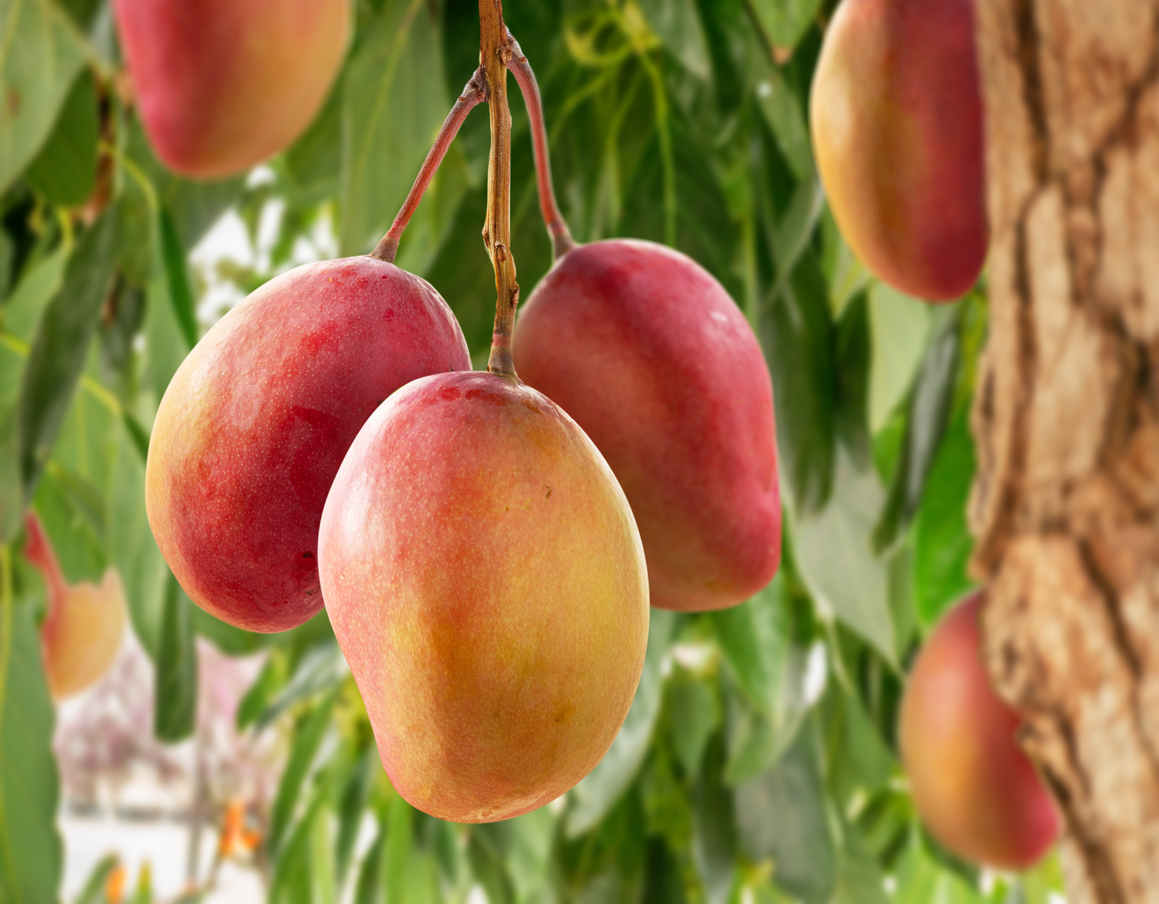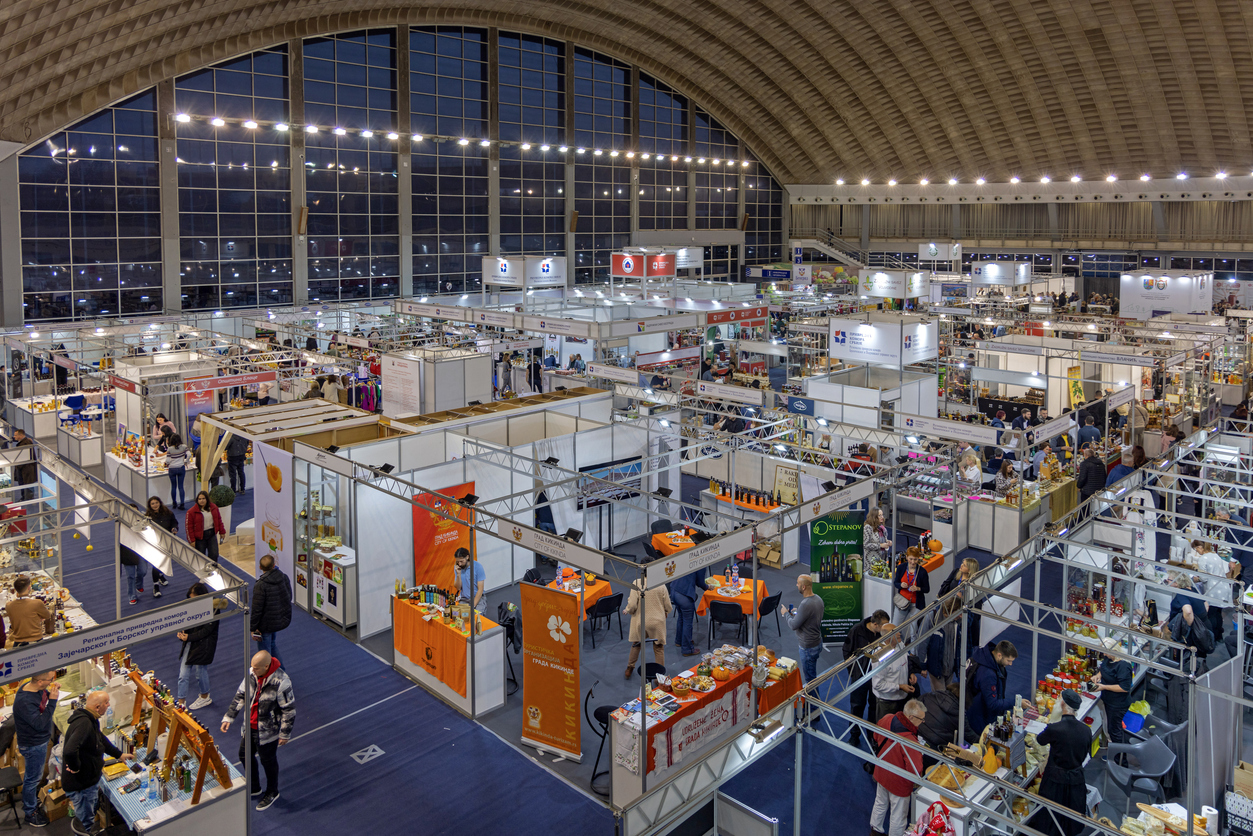Global Mango Shortage: Causes, Impacts, and Future Outlook
Mangoes, often celebrated as the “king of fruits,” are cherished worldwide for their sweet, succulent flavor and versatility. However, as of early 2025, consumers and industries are grappling with a significant mango shortage. This article delves into the multifaceted causes of the shortage, its global repercussions, and potential solutions to mitigate the crisis.Garden Hypes+2unfoldbusiness.com+2Tasting Table+2
Causes of the Mango Shortage
1. Climate Change and Adverse Weather Conditions
Climate change has profoundly impacted mango production globally. Unpredictable weather patterns, including droughts, excessive rainfall, and temperature fluctuations, have disrupted traditional growing seasons and reduced yields. For instance, Peru’s 2024-2025 mango season faced unprecedented challenges due to water stress and climate anomalies, leading to what industry representatives describe as the “worst in history.” Fresh Fruit Portal
2. Agricultural Challenges and Pests
Mango cultivation is susceptible to various agricultural challenges, including pest infestations and diseases. In regions like Lambayeque, Peru, an overabundance of mangoes led to the disposal of over 800,000 tons of the fruit. This excess, combined with inadequate pest control measures, heightened the risk of infestations, further complicating the supply chain. The Produce News+2freshplaza.com+2Garden Hypes+2HuffPost España
3. Labor Shortages and Immigration Policies
The mango industry heavily relies on migrant labor for tasks such as harvesting and packaging. Stricter immigration regulations and labor shortages have disrupted these critical operations, leading to decreased productivity and supply chain bottlenecks. These labor challenges are anticipated to contribute to reduced availability of fresh produce, including mangoes, in the coming years. SheFinds
Global Impacts of the Mango Shortage
1. Economic Repercussions
The shortage has led to increased prices for mangoes, affecting both consumers and businesses. Countries that rely on mango exports, such as Peru, have experienced financial strain due to decreased production and export volumes. The crisis in Lambayeque, where a significant surplus led to the disposal of vast quantities of mangoes, underscores the economic volatility faced by producers. Garden Hypes+1Just Style+1Garden Hypes+1HuffPost España
2. Supply Chain Disruptions
Reduced mango availability has strained global supply chains, leading to product shortages in markets worldwide. The UK, for example, has faced supply challenges due to the collapse of Peru’s mango season, resulting in lower consumer penetration and inconsistent quality on retail shelves. Fruitnet
3. Impact on Related Industries
Industries that utilize mangoes as raw materials, such as the food processing sector, have been adversely affected. The scarcity of mangoes has led to production challenges for products like juices, purees, and dried mango snacks, potentially leading to reduced product lines and financial losses.
Potential Solutions and Future Outlook
1. Sustainable Agricultural Practices
To combat the effects of climate change, adopting sustainable farming practices is crucial. This includes implementing efficient irrigation systems, diversifying crop varieties to enhance resilience, and employing integrated pest management strategies. These measures can help stabilize production and reduce vulnerability to environmental fluctuations.
2. Technological Advancements
Investing in agricultural technology, such as climate-resilient crop varieties and precision farming tools, can enhance productivity and mitigate the impacts of adverse weather conditions. Research into drought-resistant mango cultivars and advanced pest control methods offers promising avenues to bolster the industry’s resilience.Mango Logistics Group+1Fresh Fruit Portal+1Mango Logistics Group+1
3. Policy and Labor Reforms
Addressing labor shortages requires comprehensive policy reforms that facilitate the hiring of seasonal workers and protect their rights. Collaborative efforts between governments and industry stakeholders can lead to the development of programs that ensure a stable and skilled workforce for mango cultivation and harvesting.
Conclusion
The current mango shortage is a complex issue stemming from environmental, agricultural, and socio-economic factors. While the challenges are significant, a combination of sustainable practices, technological innovation, and policy reforms can pave the way for a more resilient mango industry. Proactive measures taken today will be instrumental in ensuring the continued enjoyment of this cherished fruit for generations to come.








Comments are closed.